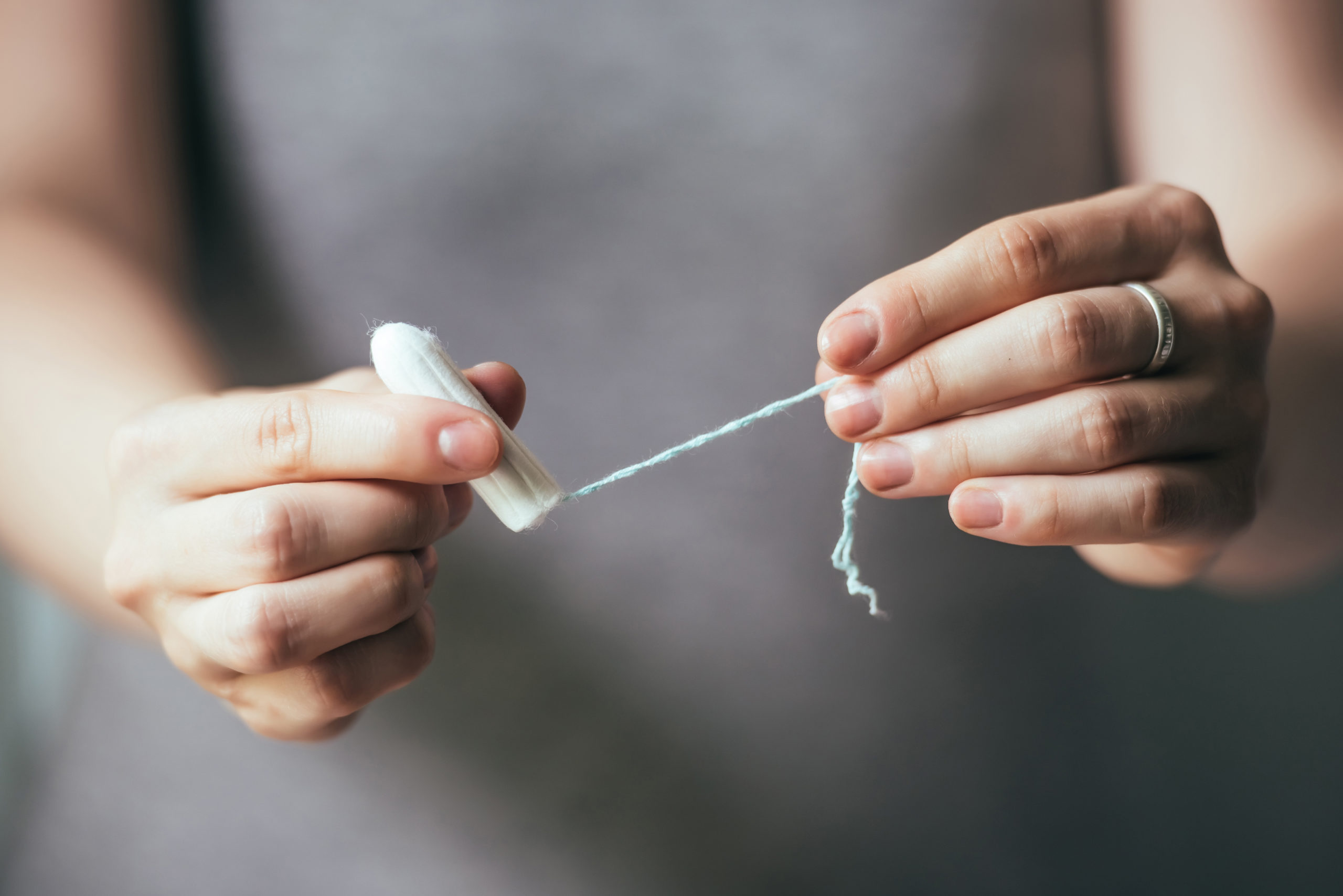Over the past year, there has been misinformation linking cotton to a lack of availability and increased cost to the consumer of period products, including tampons.
In fact, while there has been growth in cotton usage in tampons over the years, many of the main components of these period products are synthetic or manmade and do not contain cotton. Recent reports put cotton’s market share in the nonwovens category at just 1.7 percent,1 a small portion, considering two-thirds of consumers assume cotton is the main material used in their period products due to the absorbency and appearance.2
While manufacturers may have encountered challenges with their supply chains, there is not a lack of physical supply of cotton in the market at the world-level according to 2021/2022 USDA statistics. Volatile buying patterns and aggravated localized shortages have contributed to cotton price volatility across a wide range of products, during and post COVID, according to Cotton Incorporated’s senior economist, Jon Devine. However, Devine indicates that the market has evolved and there has been a major shift since the spring of 2022.
“The U.S. and the world have entered into a new economic phase, with inflation and rising interest rates suggesting slower rates of growth,” states Devine. “Concerns about a slowing consumer environment have already enabled price decreases in several commodity markets, including the one for cotton fiber.”
To learn more about the facts about cotton in tampons, please visit the CottonWorks™ website.
Click here to learn more about the cotton market and price outlook.
Sources:
- The Future of Global Nonwovens to 2027, Smithers
- Cotton Incorporated’s Global Hygiene Study, 2020
